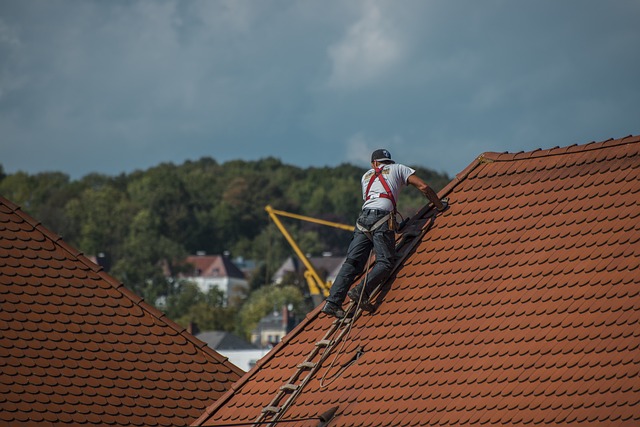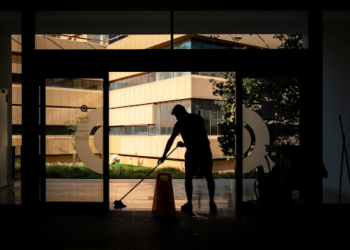Your roof protects your house from everything Mother Nature can throw at it, the worst to the least. Homeowners who are aware of how weather affects roofing materials can more easily make up their minds on maintenance and repair. Experts at Northern Roofing and Cladding realise that every season has its own challenges to bring to residential and commercial roofing systems throughout the year.
- Summer Heat Impacts
The summer sun’s most significant impact on roof material is by thermal shock. As the ambient temperature increases during the day, materials expand and contract as temperatures drop overnight in the extended hot summer sun. The repeated expansion and contraction accelerate roofing systems prematurely, especially ageing roofs that have endured multiple seasons already.
- Winter Challenges
Winter will also bring additional sets of problems for roof freezing, snow accumulation, and ice dam formation. Large amounts of snow loading create significant weight stress on your roof, which could cause structural problems if it wasn’t otherwise built to support such loads. The freeze-thaw action also produces conditions that allow water to pass through tiny cracks, where it freezes and further expands those cracks.
- Rain and Moisture Factors
Recurring rains test the waterproofing ability of any roof covering, so there is a need for correct drainage to achieve a roof’s long-term health. Ponding of water on flat roofs or water in valleys can seep through some of the smallest weaknesses over time. Sustained inspection of gutters and downspouts guarantees the proper flow of rainwater away from your foundation and roof.
- Wind Damage Prevention
Powerful winds may be the most direct risk to roof integrity, raising and unfastening shingles, tiles, and other roofing materials. With these structures weakened, they present a vulnerable pathway for water intrusion and additional wind damage. Proper installation with fastening methods and routine maintenance minimises the probability of wind issues conclusively during all changing seasons.
- Humidity and Moisture Buildup
Humidity- too often overlooked- can trigger the growth of mould, mildew, and rot in roofing systems. To prevent wet buildup beneath your roof, a good attic ventilation system is paramount. Proper circulation is created when the balance between intake and exhaust vents is provided to support temperatures and humidity levels that might otherwise be detrimental to roofing material from underneath.
- UV Radiation Effects
Ultraviolet sunlight is constantly eroding the chemical structure of your roofing materials. The process of degradation impacts nearly every kind of roof, but a few are specially designed to be resistant to damage from UV radiation. Asphalt shingles can lose their granules, for instance, while rubber membranes will grow brittle and crack after exposure to the sun over many years.
Conclusion
Your roof is constantly battled by different weather conditions all year round. It is through knowing these impacts that homeowners can have the right protective measures and be well informed regarding materials used and installation. Routine professional maintenance and inspections continue to be the best way of ensuring maximum lifespan for your roof and safeguarding your investment from weather-related deterioration. With a little maintenance, your roof will protect your house for many more years to come.







